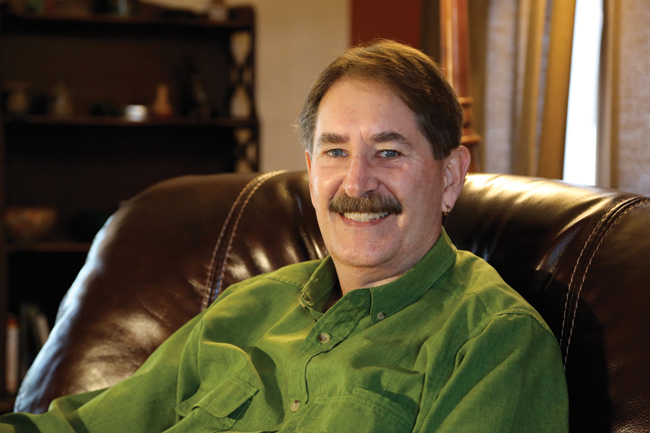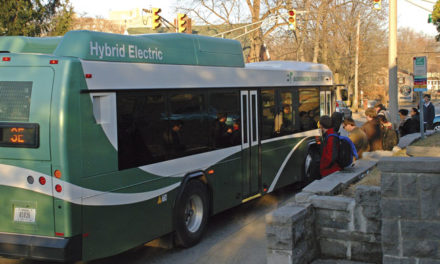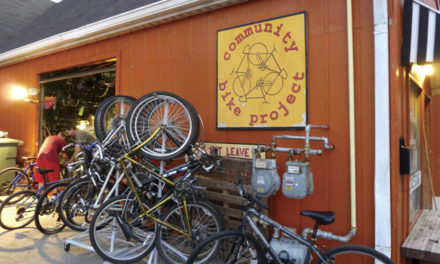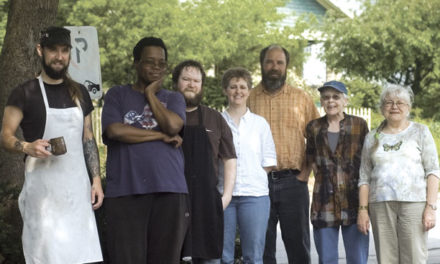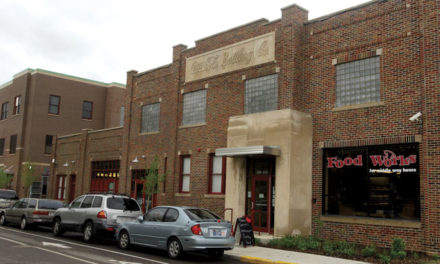BY JANET MANDELSTAM
It’s been 40 years since the U.S. Supreme Court issued a ruling in Hess v. Indiana, a case that marked a turning point in the protection of free speech. But the memory of the case is still fresh in the minds of Gregory Hess, the Indiana University student who was arrested at an anti-war protest, and Thomas Schornhorst, the lawyer and IU law professor who represented Hess in court.
The story begins in 1970, a time of unrest on campuses across the country as students demonstrated against the war in Vietnam. “I bought into that totally,” says Hess, at the time a 21-year-old junior majoring in business administration. “I was a regular protester.”
The incident in question occurred on a spring day in May, when protesting students blocked a public street on campus and didn’t heed instructions from the sheriff to step aside. As Hess recalls, “The sheriff’s department formed a line at the end of the street and marched down Indiana Avenue to clear it. I walked in front of them.” As protesters moved onto the curb, the sheriff heard Hess yell “fuck” (although exactly what else he said would later be clarified in court). “The sheriff immediately grabbed me in a bear hug and said I was under arrest.”
Meanwhile, at the law school, Schornhorst, now a professor emeritus, remembers, “A student ran into my office and said students were being arrested.” While others indeed were arrested, “the only case that went to court was Greg’s. He felt his free speech rights were being violated.”
The first trial took place before a judge in Bloomington City Court. “It didn’t make sense to try this case; we were hoping to get it thrown out,” Schornhorst says. He even called an English professor as a witness on the use of the word that so offended the sheriff. Other witnesses testified that Hess, who was facing the crowd with his back to the sheriff, had said, “We’ll take the fucking street later” or “We’ll take the fucking street again.” But the judge ruled that Hess’ statement was “intended to incite further lawless action … and was likely to produce such action.” He found Hess guilty of violating Indiana’s disorderly conduct statute and fined him $25.
Hess, now 65 and still living in Bloomington, says he had “no direct involvement after that first trial in city court,” but he followed his case avidly as Schornhorst took it first to the appeals court —“They reduced the fine to $1, but we were dealing with a principle here”— and then to the Indiana Supreme Court. Both courts upheld the guilty verdict against Hess.
Saying that he believed the state courts “overreached into protected speech,” Schornhorst decided to appeal to the U.S. Supreme Court and enlisted the help of the late Patrick Baude, his law school colleague. Together they prepared the brief for the nation’s highest court. “We framed it as a case that didn’t incite anyone to imminent action” and did not constitute “a clear and present danger.”
The case was never argued before the justices. “We won that case solely on the basis of the brief,” Schornhorst says. “The state courts were just wrong.”
In its November 19, 1973, decision, the court distinguished between speech that incites “imminent disorder” and speech that calls for unlawful action at some unspecified time in the future, which would be protected under the First Amendment. In this case, the court said, “Indiana’s disorderly conduct statute was applied … to punish only spoken words … At best, [Hess’] statement could be taken as counsel for present moderation; at worst, it amounted to nothing more than advocacy of illegal action at some indefinite future time. This is not sufficient to permit the State to punish Hess’ speech.”
Hess v. Indiana is studied in constitutional law casebooks to this day. Hess, semi-retired and owner of a local lawn-care business, says he was “very happy about the ultimate result.” And even 40 years after the Supreme Court decision, he says he occasionally meets “people who ask, ‘You aren’t the Greg Hess, are you?’ and I say, ‘Yes I am.’”


